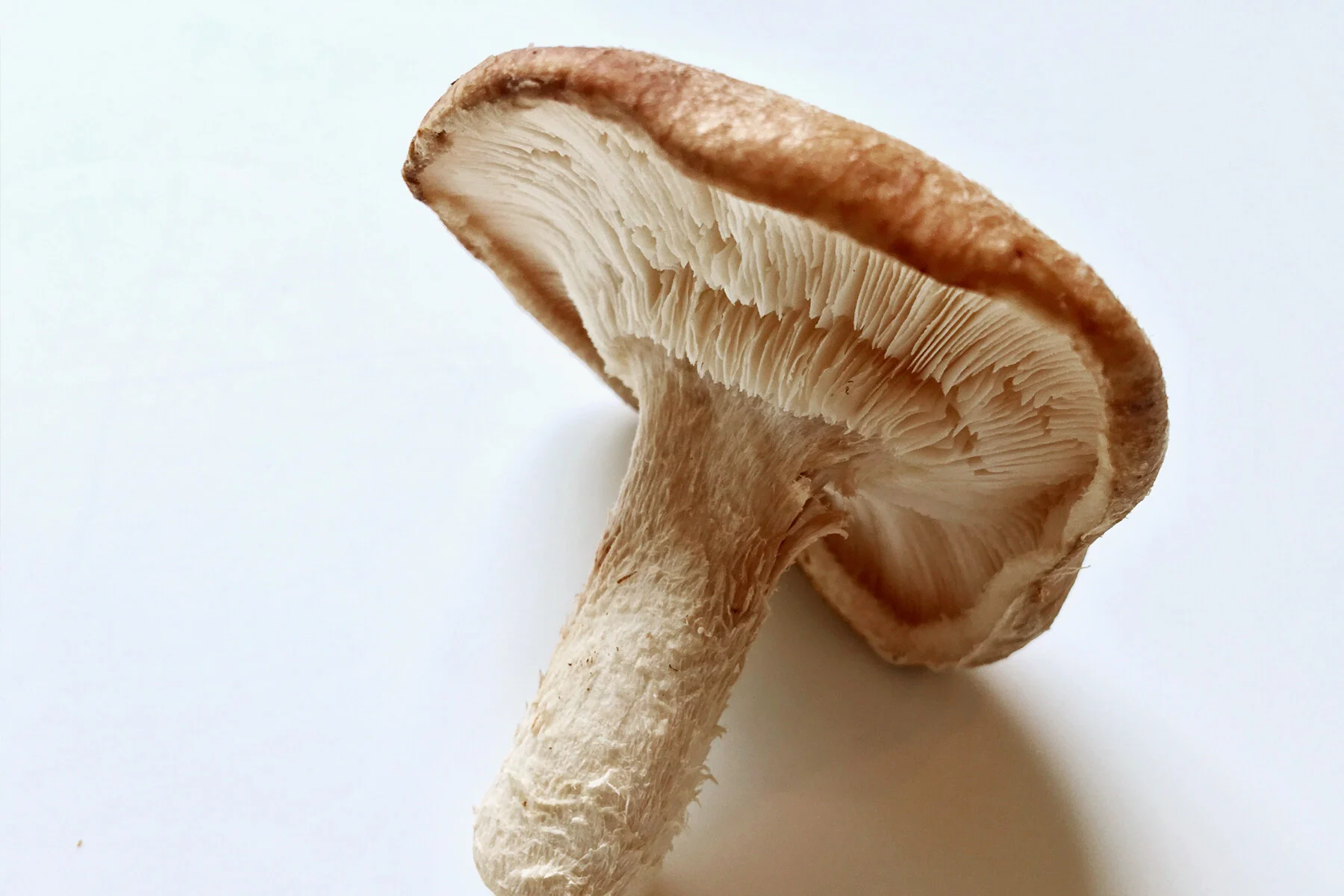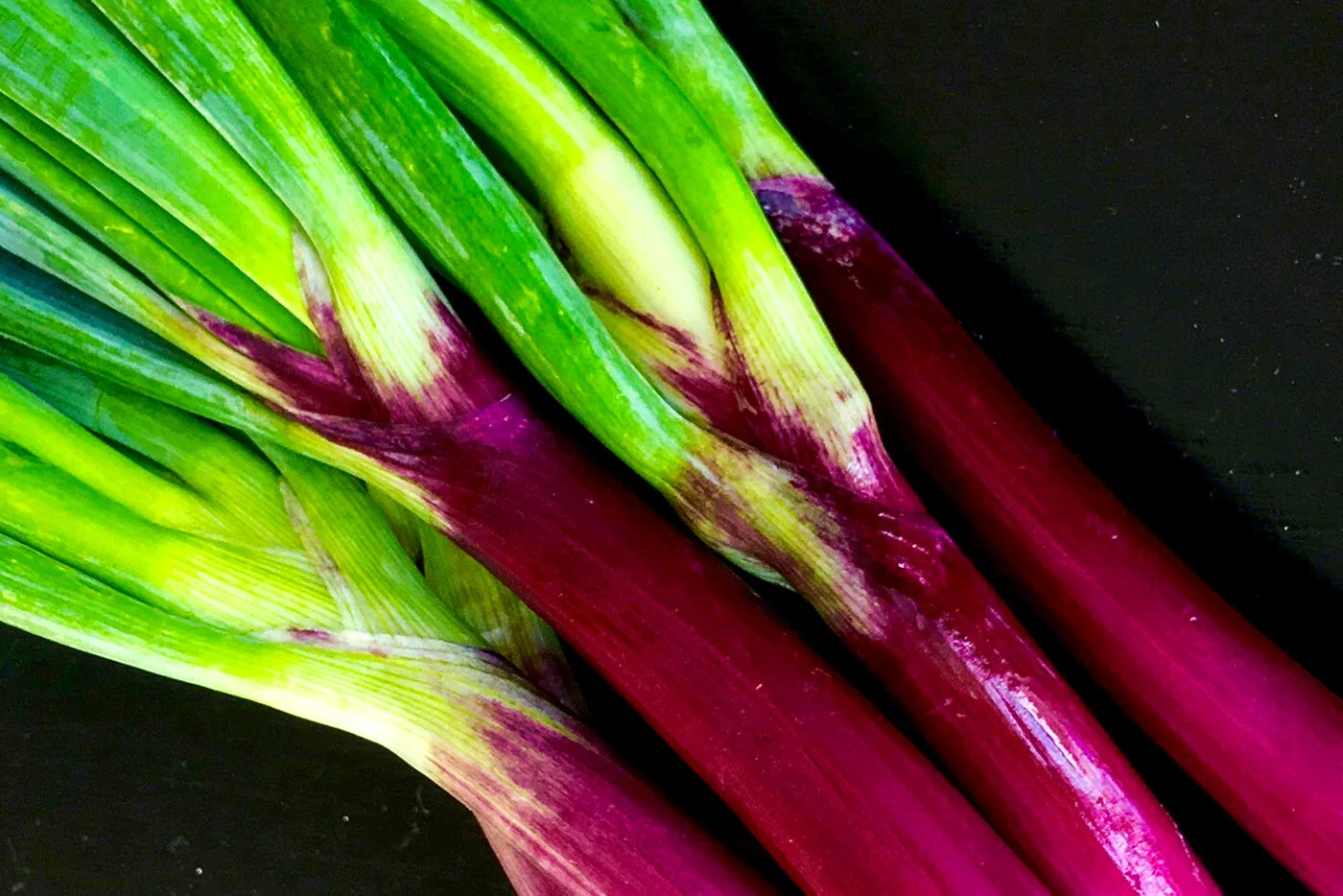oats
Facts
Oats is an excellent source of important vitamins, minerals, fiber and antioxidants and contains large amounts of beta-glucan, a type of soluble fiber
*Oats are available in a variety of forms, based on how they are processed. The following list shows the types of oats in order of least to most processing. Although the nutritional content between steel-cut and instant oats is relatively similar, their effects on blood sugar are not. The least processed oats, like groats or steel-cut, generally take longer to digest so they have a lower glycemic index than rolled or instant oats.
Oat Groats: The whole oat kernels that have been cleaned, with only the loose, inedible hulls removed. Groats contain the intact germ, endosperm, and bran.
Oat bran, which contains the most fiber in a groat, is also removed and eaten as a cereal or added to recipes to boost fiber content.
Steel-Cut or Irish: Oat groats that have been cut into two or three smaller pieces either using a steel blade. The larger the size of the pieces, the longer they will take to cook.
Scottish Oats: Oat groats that have been stone-ground into a meal, creating a porridge-like texture when cooked.
Rolled or Old-Fashioned: Oat groats that have been steamed, rolled and flattened into flakes, and then dried to remove moisture so they are shelf-stable.
Quick or Instant: Oat groats that are steamed for a longer period and rolled into thinner pieces so that they can absorb water easily and cook very quickly. Be aware that many brands of instant oats come sweetened or flavored, so be sure to check the ingredients for no added sugar.
Oats are gluten-free
tips
Cooking Steel Cut Oats - this recipe makes 12 servings
- Bring 3 cups of water to a boil
- Add 1 cup of steel cut (pinhead) oats and a dash of salt
- Cook for 10 minutes
Freezing - ready to add to your breakfast every morning
I cup of steel cut oats, once cooked will go a long way - spoon the cooked oats into a 12-cup silicon muffin tray and put in freezer for a few hours. Once frozen pop them out and store in a zip bag and take one out every morning for breakfast. Defrost in microwave with a dash of water for 1 1/2 min
Buying + Storing:
- If you are buying oats from a bin, make sure it is closed and smell it to ensure it is not rancid. (Oats can go rancid as it has a slightly higher oil content than most grains)
- Store oats in an airtight container in a cool, dry, and dark place for approximately two months
*Extracted from Harvard TH Chan School of Public Health
back to the top


































